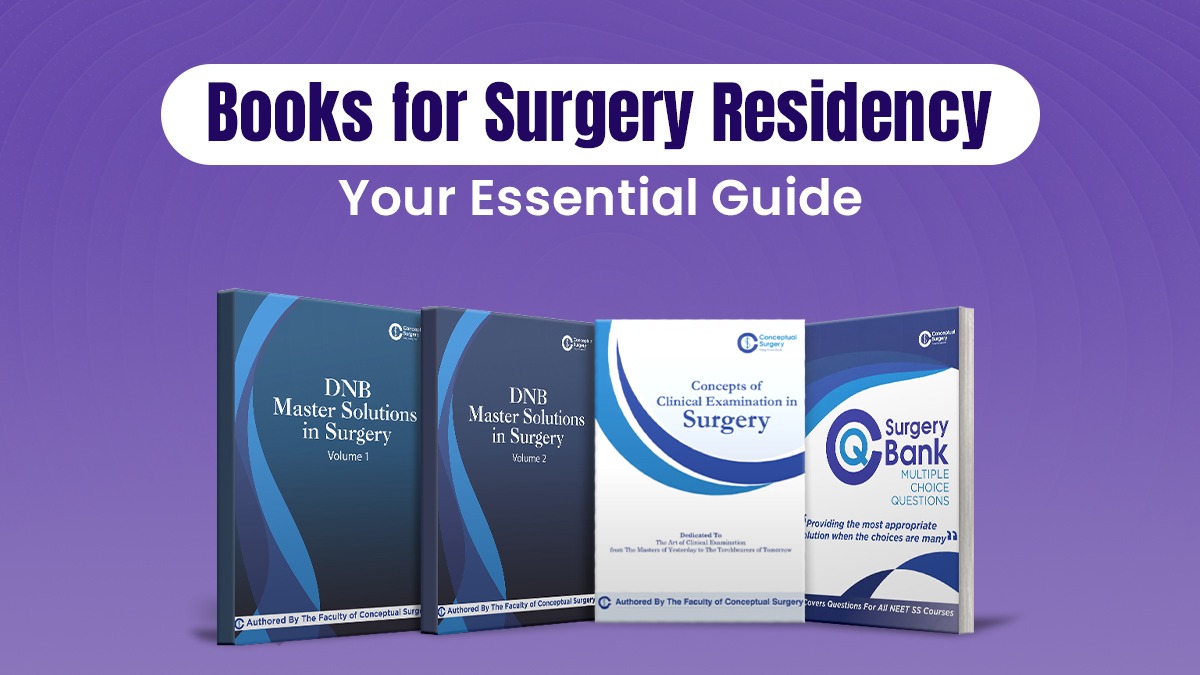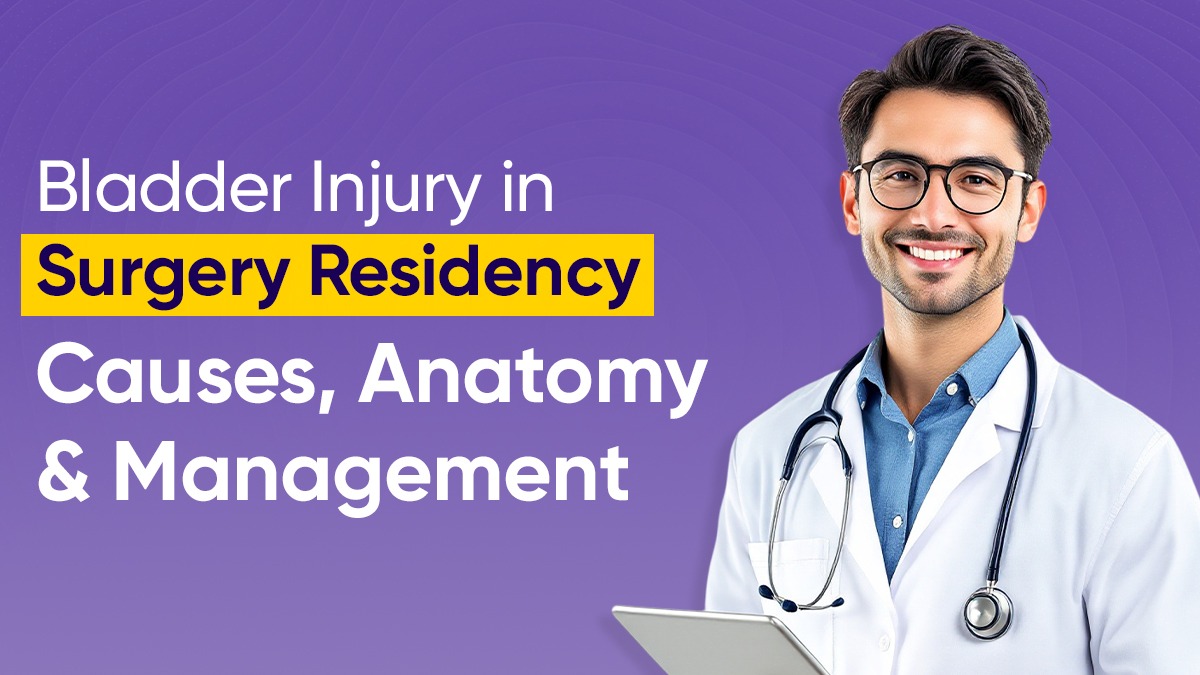Estimated reading time: 5 minutes
Ward-round notes are much more than routine documentation—they reflect how well you understand your patient, how deeply you assess their condition, and how professionally you present your clinical work. In this blog, Dr. Shailesh Gupta, the originator of the Mastering Beginning Session: Page-by-Page Lecture Series on Conceptual Surgery, explains the most scientific and effective way to write ward-round notes using the S.O.A.P. method.
Below is the complete explanation, translated into English and framed clearly as a blog.
Why Are Ward-Round Notes So Important?
Generally, when we write notes, what should be our priorities, what should be our pattern—this is what we will discuss.
Whenever we go to the ward and pick up any sheet, we see all kinds of notes. Some are written very well. Some are written roughly. Some have too much information. Some have too little information. So I am going to tell you what the best scientific method is for writing notes.
And why—because your note is a reflection of your clinical work. A note is the best way to can impress your seniors. Your notes show how extensively you examined the patient and how systematically you assessed the case. Ideal notes should be concise, should contain all relevant information, and should not miss anything. It is honestly the easiest way to impress your seniors.
The S.O.A.P. Method for Writing Medical Notes
S – Subjective
The protocol to be followed for writing medical notes is known as S.O.A.P.—S-O-A-P. The first part is Subjective.
Subjective means whenever you reach the bedside, your first question should be simple: “How are you feeling?”
As soon as you ask this, the patient will start telling you what they have gone through in the last 24 hours. It will be vague, emotional, and subjective. But you must not interrupt the patient. Listen carefully. They will tell you their entire story:
“I had a lot of pain yesterday… I vomited… then I did this… then this happened… and later I felt better…”
You must listen to the full story exactly as it is and note it down. That is subjective.
Once the subjective part ends, you understand how the patient describes their events.
O – Objective
Next comes Objective.
Objective means now you go deeper into what the patient told you. You ask pointed, specific questions.
For example, if the patient said in the subjective part, “I had a lot of pain and two episodes of vomiting,” then in the objective part, you ask:
- When did the pain start?
- How long did it last?
- What made it better?
If the patient mentions vomiting, you ask:
- When did the vomiting occur?
- Did it start after eating?
- What was the colour?
- How did it stop?
- How is it now?
These are objective questions—questions with specific answers.
If the patient said, “I had a fever at night,” the objective questions would be:
- Did anyone measure it?
- What was the exact reading?
- How long did it last?
- Did it subside after paracetamol?
This is how you convert subjective complaints into objective details.
A – Assessment
Assessment means your clinical examination—per abdominal, respiratory, local examination, etc.
For example:
- After asking subjective questions and clarifying objective details,
- You examine the patient and write things like “soft, non-tender abdomen,”
- “Bilateral air entry present and clear.”
- Local wound condition, and so on.
This is your assessment.
P – Plan
Plan means what you are going to do after talking to the patient and examining them.
For example, if the patient said they had vomiting, fever, and pain…
If, objectively, you find the vomiting was bilious with 4–5 episodes…
If there were two fever spikes…
And during assessment, you find the abdomen is distended…
Then your plan might be:
- Insert an NG tube
- Start IV fluids
- Start antibiotics
- Get an X-ray
- Get a scan
The plan can be divided into parts:
- Change, addition, or removal of medications
- Imaging (X-ray, scan, etc.)
- Cross-consultations
- Any interventions planned (for example, possible return to OT next day)
This is how your plan should be structured.
How a Well-Structured S.O.A.P. Note Looks?
If you write notes using Subjective, Objective, Assessment, and Plan, it will look beautiful.
Imagine your senior arrives and sees a note like:
- Subjective:
Patient seen by X Y Z, complaining of fever, vomiting, and pain… (and so on) - Objective:
Fever of this grade returned to baseline after paracetamol… Pain was colicky… Vomiting was bilious, two episodes… (and so on) - Assessment:
Per abdomen findings, chest examination, local examination… (as described)
Plan:
Insert NG tube, start IV fluids, supplement potassium, get CT scan done, monitor vitals, etc.
A good note should convey three things:
- You have seen the patient.
- You have made a plan.
- If someone else reads your note in your absence, they should understand the entire case.
Conclusion:
So do not forget the S.O.A.P. format for writing medical notes. 99% of people still don’t know how to write proper ward-round notes, but it is a very important skill to have.
To watch more insightful sessions, join Conceptual Surgery










